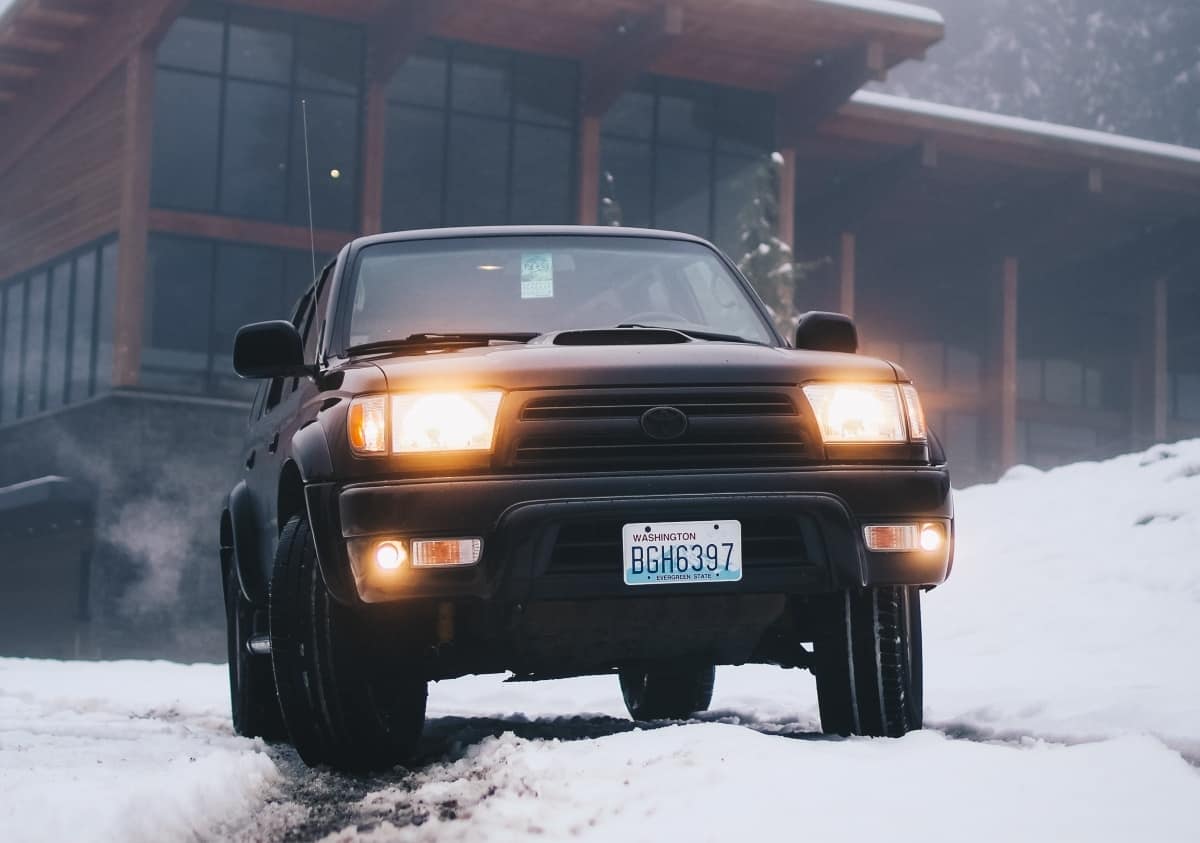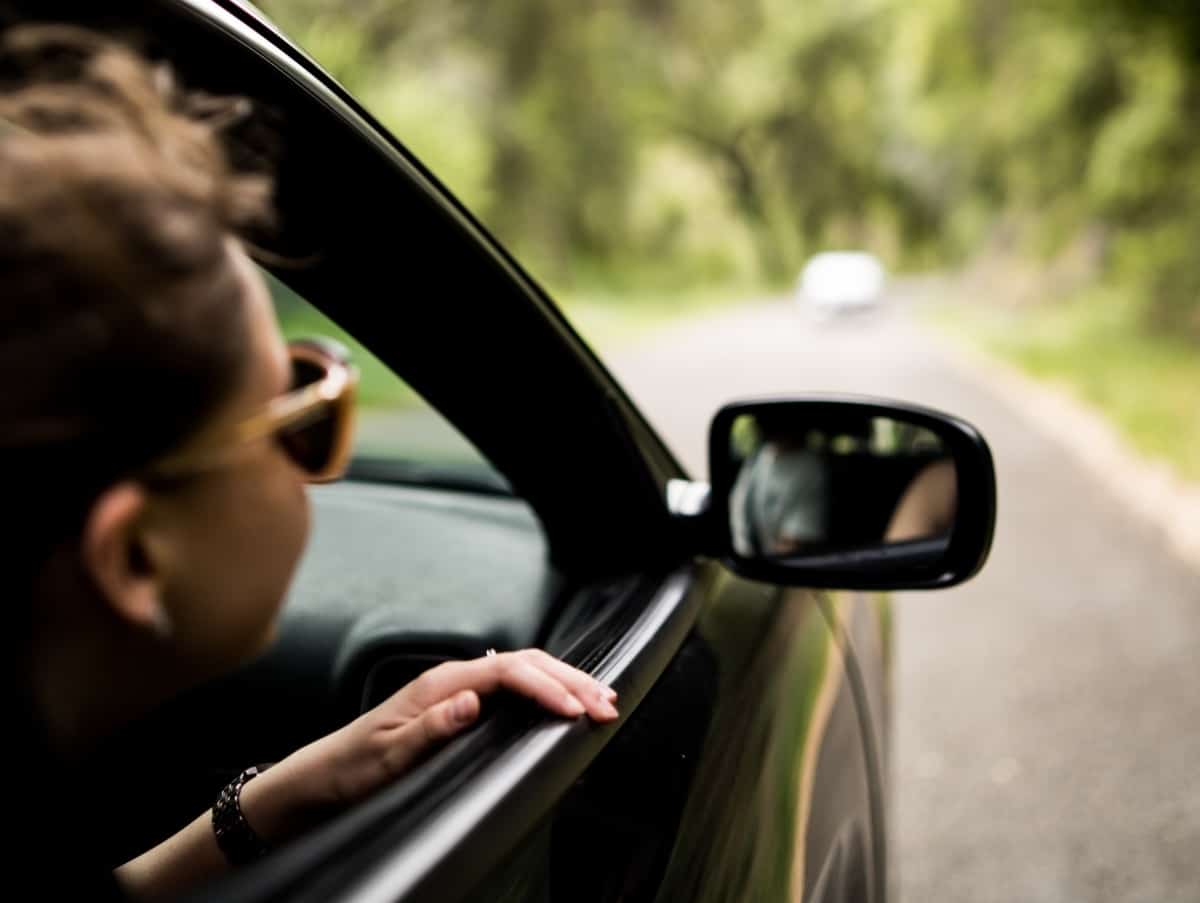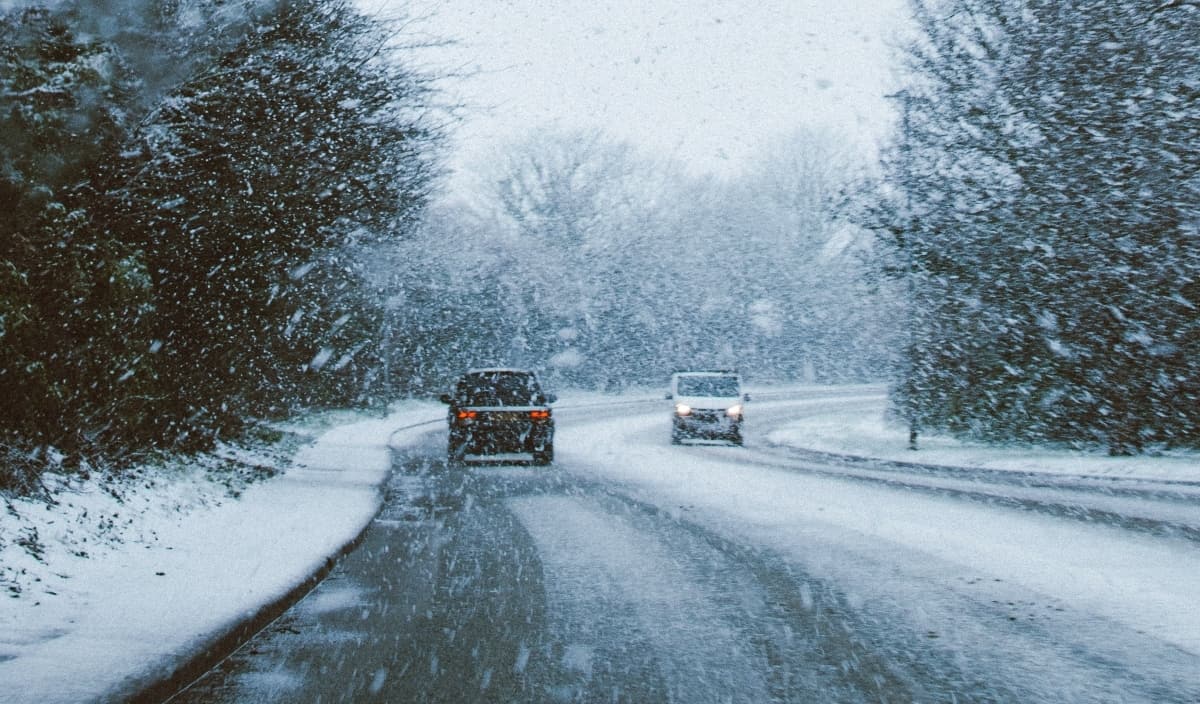Whenever the outside temperature drops to below freezing, driving becomes much more difficult. Cold tires do not grip the road as well as they do when it is warm outside, and driving on ice and snow makes getting traction that much harder.
Fortunately, adjusting how you drive on the ice and snow can help you to stay safe and avoid getting stuck or causing an accident. The following 10 tips for driving on ice and snow can help you to maintain vehicular stability when driving conditions are less than ideal.
1. Ensure You Have Good Tires and Brakes
It always is important to make sure your brakes and tires are in good condition for driving, even when the weather is warm and dry. The cold air combined with snowy and icy conditions that often affect wintertime driving make it critically important to have good tires and brakes that keep your vehicle under control.
If you live in a particularly snowy area, snow tires are your best bet for maintaining traction while driving through snow, slush, and on icy roads. All-season radials are not ideal for wintertime driving because they are wider, shorter, and have less aggressive tread than snow tires. Snow tires give you a little more ground clearance and have harder and better tread for delivering traction when driving on snow and ice.
Your brakes also need to be in good condition so that you can maintain a safe speed and stop without skidding out of control when you are driving on ice. Before the winter weather makes driving conditions worse, you should maintain your brakes and mount and balance tires that are more suitable for wintertime driving.
2. Keep the Windows Clear of Ice and Snow
Ice, snow, and frost accumulation on the windows greatly reduce visibility while driving. Before you head out onto the road, you should do your best to scrape the windows clean of any frost, ice, or snow that might accumulate.
If you park inside a garage, your window will be easy to keep clear of snow and ice. If you have to park outside, you might try laying a piece of cardboard over the windshield with the wiper blades holding it in place. The cardboard will prevent ice and snow from getting on the windshield.
You should make sure the wiper blades are in good condition. Switching to wiper blades with multiple edges can help to remove more ice and snow while you are driving.
The washer fluid should contain a deicer, and your heater and defroster need to work to help keep frost and precipitation off of the windshield. Installing a hotter thermostat for winter travels can help to make the heater and defroster more effective – and the cabin warmer during the winter.
3. Watch for Ice on Bridges and Overpasses
Ice accumulates on bridges and overpasses sooner than it will on the rest of the roadway. Cold air and wind travel above and below bridges and overpasses. Other sections of roadways only have cold air and wind hitting them from above and the earth insulating them from below.
Bridges and overpasses also are made of steel and concrete, which conduct heat rather than retain it. A road surface typically holds its heat longer because asphalt is a good insulator that does not conduct heat. The combination of flowing, cold air and heat conductivity that affects bridges and overpasses causes them to ice over much sooner than roadways.
Whenever approaching a bridge or overpass, you should slow down and anticipate ice accumulation. Watching closely for ice could help you to anticipate its effect and maintain control of your vehicle while you are driving on ice.

4. Increase Your Following Distance
Icy conditions make it very difficult to stop and might cause you to rear-end a vehicle if you follow too closely. You should double your normal safe following distance to give you the best chance of avoiding an accident.
About two car lengths are the norm in good weather. When the roads are snowy or icy, you should try your best to keep at least four car lengths between you and the vehicle ahead of you. If the vehicle ahead of you suddenly does something unexpected, the additional following distance gives you a much better chance to react safely and avoid dangerous road conditions.
5. Do Not Exceed the Speed Limit
Speeding is an especially bad idea when driving in ice and snow. Exceeding the posted speed limit makes it much more likely to lose control of your vehicle or cause an accident when driving on icy roads. Abiding by the posted speed limit and slowing down when driving conditions will give you a better chance of arriving at your destination without causing an accident.
You also should slow down sooner when coming to stops or preparing to turn at intersections. The icy road conditions will require a much longer stopping distance than dry and warm roads would require during the summer. You are required to drive safely for road conditions, and slowing down and increasing your stopping distance will help you to do that.
6. Go Easy With Driving Inputs
The lack of traction on icy roads makes it very important to ease into your driving inputs. You cannot drive as you might on a warm and sunny summer day.
Jackrabbit starts will cause you to spin the drive wheels and lose traction. Hard stops easily could cause your vehicle to slide out of control and rear-end another vehicle or slide into the middle of a busy intersection.
Slow starts and stops will help you to maintain full control of your vehicle. They also will give you more time to watch for other vehicles that might create a risky situation.
7. Be Careful When Negotiating Turns
Sharp turns and winding roads can become very slick and dangerous when you are driving on ice. If you enter a turn too fast or do not handle it correctly, your vehicle could lose traction and spin out of control.
You should pay especially close attention to yellow caution signs that advise you to lower your speed when entering turns. Those caution signs exist for a reason and so do the suggested speeds that they provide drivers.
If you see a yellow caution sign that suggests driving at 35 mph, you should do your best to slow down to at least that speed. The same goes for any other speed that might be suggested due to winding roads and sharp turns.

8. Go Slow and Steady on Hills
Hills also require caution when driving on icy or snowy roads. Many people make the mistake of thinking a good head of steam will help the vehicle to get up the road. The faster you drive, the more likely your tires will lose traction.
Instead of going faster, you should try to drive at a slow and steady pace so that you can maintain your momentum and traction. The weight of your moving vehicle should enable you to go through moderately deep snow that might blow across the roadway while you maintain your speed.
9. Watch Out for Black Ice
Black ice refers to a thin layer of ice that often forms on roadways and especially in rural areas. Black ice is hard to see and often blends in with asphalt, which makes it especially dangerous for unwary drivers.
Although black ice is hard to see, it is not impossible. You should watch closely for any sign of a shiny road surface or light reflecting off of it. Those are good indicators that you might be driving on ice.
Whenever you suspect black ice is on the road ahead of you, slowing down is the best way to make it through without losing traction or control of your vehicle.
10. Carry Tire Chains for Emergency Use
When road conditions are especially bad and you have somewhere that you must be, a set of tire chains can help you to get there. Placing tire chains over each drive wheel will give you good traction on very snowy and icy roads.
You should practice putting them on your vehicle and mount them prior to entering especially bad stretches of roadway. If you do not have the benefit of a weather warning before the roads get bad, your prior practice will help you to put on the tire chains faster and be on your way.




